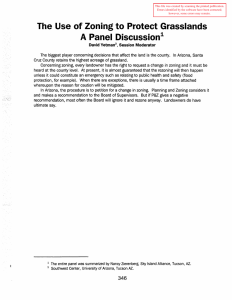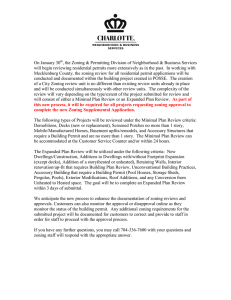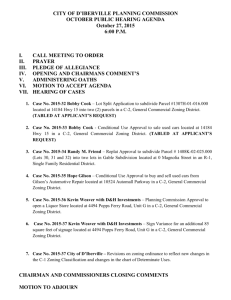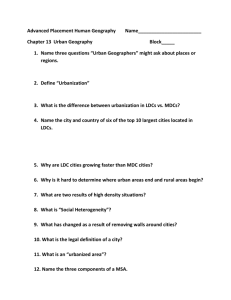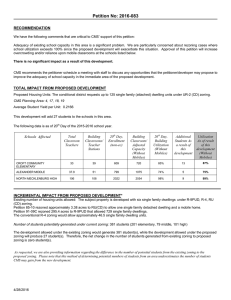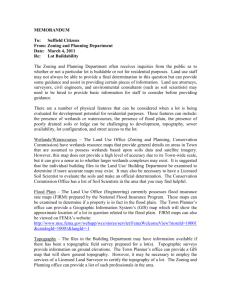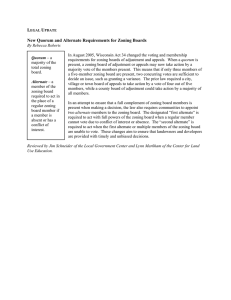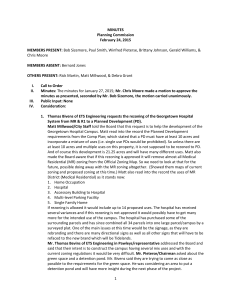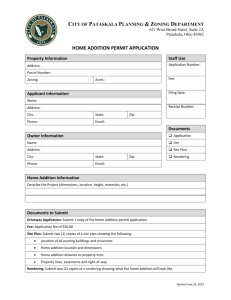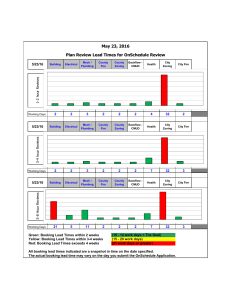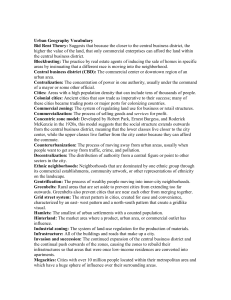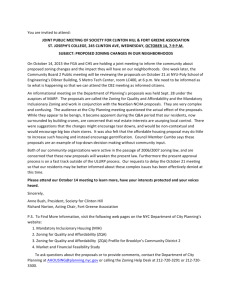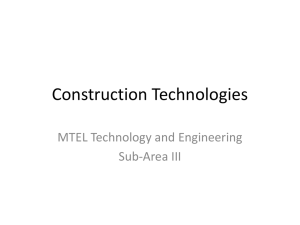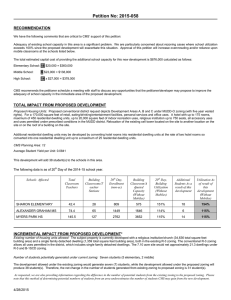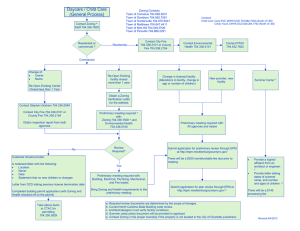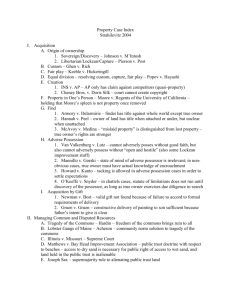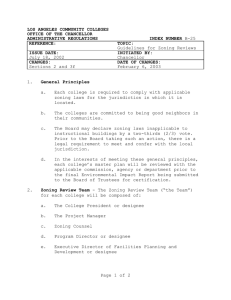Site Selection Checklist (from course textbook)
advertisement
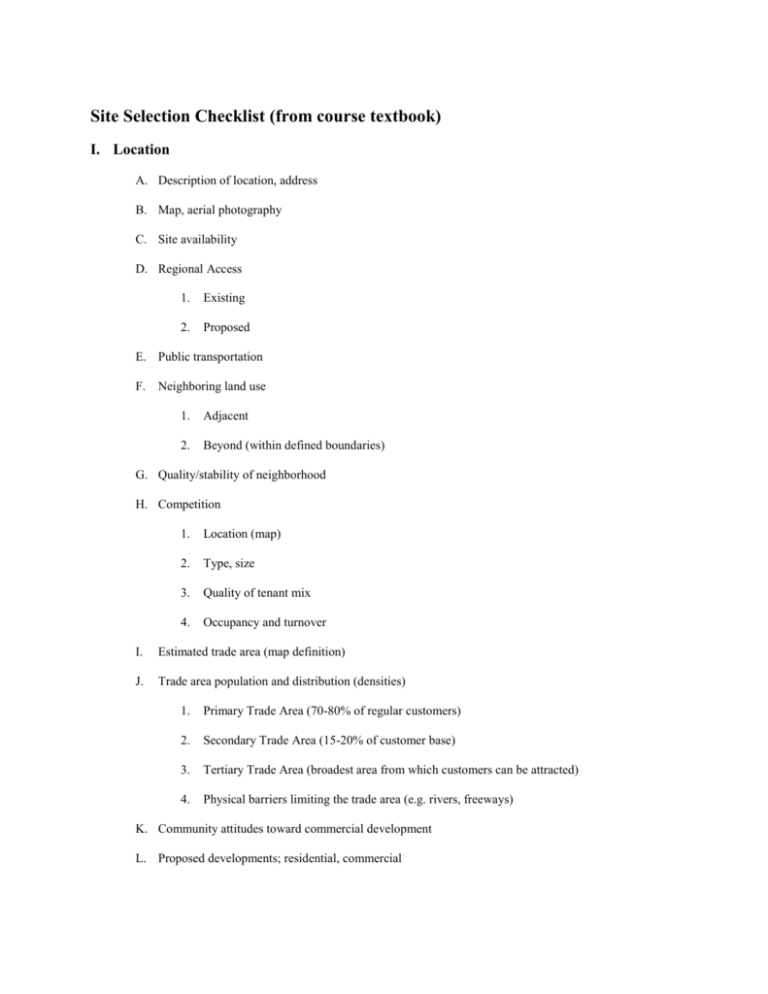
Site Selection Checklist (from course textbook) I. Location A. Description of location, address B. Map, aerial photography C. Site availability D. Regional Access 1. Existing 2. Proposed E. Public transportation F. Neighboring land use 1. Adjacent 2. Beyond (within defined boundaries) G. Quality/stability of neighborhood H. Competition 1. Location (map) 2. Type, size 3. Quality of tenant mix 4. Occupancy and turnover I. Estimated trade area (map definition) J. Trade area population and distribution (densities) 1. Primary Trade Area (70-80% of regular customers) 2. Secondary Trade Area (15-20% of customer base) 3. Tertiary Trade Area (broadest area from which customers can be attracted) 4. Physical barriers limiting the trade area (e.g. rivers, freeways) K. Community attitudes toward commercial development L. Proposed developments; residential, commercial II. Site Data A. Plat (dimensions, size) B. Legal description of site(s) available C. Topographical features 1. Visual 2. Survey D. Subsoil Conditions E. Problems (water, rock, fill, other) F. Zoning, building controls G. Infrastructure elements H. Ingress, egress I. Visual exposure, frontage J. Availability of adjacent land for expansion K. Current on-site improvements, if any L. Daily traffic counts past the site III. Financial A. Asking price and terms B. Condition of sales transfer C. Options available D. Property taxes E. Assessment fees on sewer, gas, water, stormwater drains, other F. Title cost G. Recording taxes IV. Administrative A. Zoning 1. Current zoning and permitted use 2. Zoning authority 3. Planning commission 4. Local government B. Building department 1. Clearances and setbacks 2. Fire zone and fire department requirements 3. Inspection requirements C. Highway department construction requirements D. Engineering E. Other, such as any local civic associations V. Legal A. Legal description, title examination B. Easements and restrictions C. Filing of records VI. Utilities and Infrastructure A. Location and map of: 1. Water mains 2. Sewer mains 3. Gas mains 4. Electricity supply lines 5. Stormwater drains B. Special requirements 1. Public areas 2. Special grading: streets, slowdown ramps 3. Curbs and gutters 4. Sidewalks 5. Landscaping and screens VII. Miscellaneous A. Any demolition required B. Possible use of improvements SOURCE: “Professional Real Estate Development,” p. 313.
